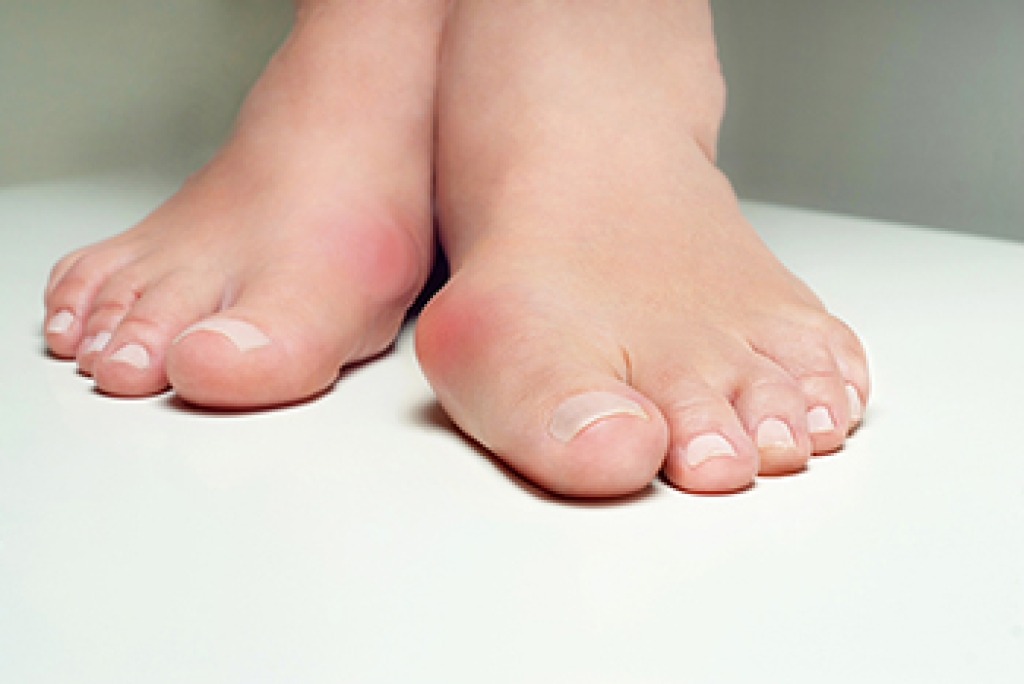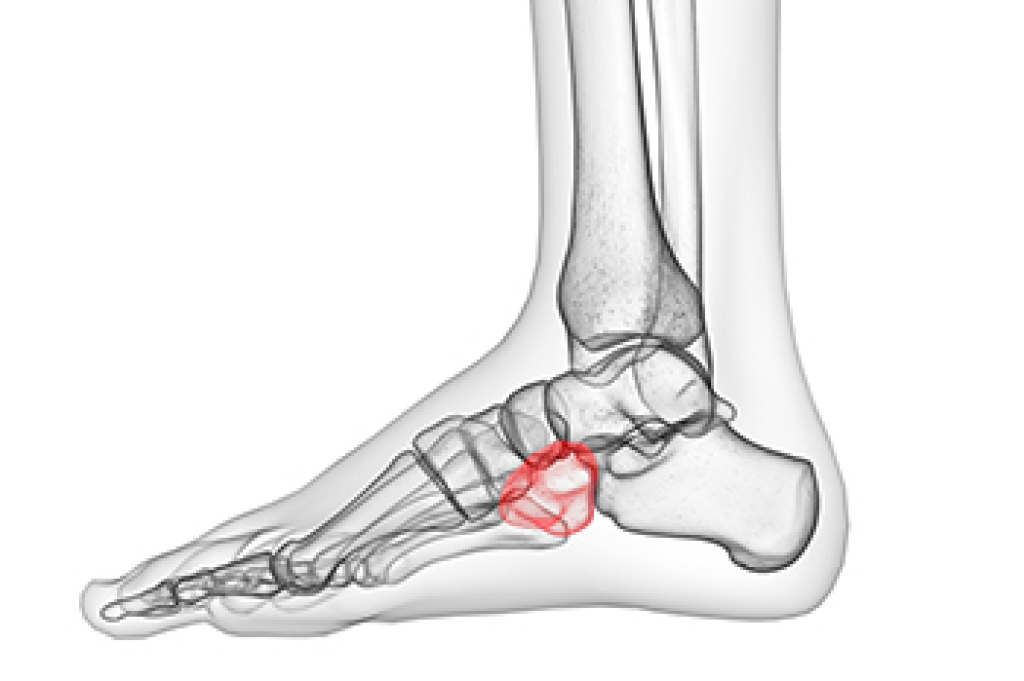Swelling and Achy Feet During Pregnancy

It is a well-documented fact about pregnancy that the pregnant woman’s feet may be negatively impacted in some way. For example, a pregnant woman’s feet may commonly swell or become achy. If you are a pregnant woman experiencing these issues with your feet, seeing a podiatrist can help you treat these problems. Specifically, a podiatrist may recommend to you several different things for swelling or achy feet. First, the podiatrist might recommend that you reduce swelling in the feet and lower legs by elevating the feet. Second, the podiatrist might recommend that you wear more comfortable shoes that fit better. Third, the podiatrist might recommend that you use some kind of cooling cream made for the feet during pregnancy. Some of these creams are made with anti-inflammatory ingredients and promote anti-swelling. Some of them also create cooling sensations in the feet. Contact a podiatrist today for more information.
Pregnant women with swollen feet can be treated with a variety of different methods that are readily available. For more information about other cures for swollen feet during pregnancy, consult with one of our podiatrists from Westside Podiatry Center, LLP. Our doctors will attend to all of your foot and ankle needs.
What Foot Problems Can Arise During Pregnancy?
One problem that can occur is overpronation, which occurs when the arch of the foot flattens and tends to roll inward. This can cause pain and discomfort in your heels while you’re walking or even just standing up, trying to support your baby.
Another problem is edema, or swelling in the extremities. This often affects the feet during pregnancy but tends to occur in the later stages.
How Can I Keep My Feet Healthy During Pregnancy?
- Wearing orthotics can provide extra support for the feet and help distribute weight evenly
- Minimize the amount of time spent walking barefoot
- Wear shoes with good arch support
- Wear shoes that allow for good circulation to the feet
- Elevate feet if you experience swelling
- Massage your feet
- Get regular, light exercise, such as walking, to promote blood circulation to the feet
If you have any questions, please feel free to contact one of our offices located in Liverpool, Camillus, Skaneateles, Oswego, and Cicero, NY . We offer the newest diagnostic and treatment technologies for all your foot care needs.
Chunky Heels May Be Ideal for High Heel Wearers

Many women enjoy wearing high heels for the style. Studies have even indicated that women who frequently wear high heels have sensed a renewed confidence level, in addition gaining a few inches in height. Despite these seemingly positive aspects, high heels can be uncomfortable, possibly causing painful foot conditions. These types of shoes come in various shapes and colors, and it is possible that stylish, yet comfortable high heels can be worn. This can be done by choosing a shoe that has a lower heel and a platform under the toe, which can be successful in giving the illusion of wearing a larger heel. The chunky heel, also known as the block heel, is a popular choice among women who wear high heels for the majority of the day. The feet often feel better in these types of shoes, and harmful foot conditions may be prevented. If you have questions about what type of high heel is best to wear for the health of the foot, please ask a podiatrist who can provide you with the information you are seeking.
High heels have a history of causing foot and ankle problems. If you have any concerns about your feet or ankles, contact one of our podiatrists from Westside Podiatry Center, LLP. Our doctors can provide the care you need to keep you pain-free and on your feet.
Effects of High Heels on the Feet
High heels are popular shoes among women because of their many styles and societal appeal. Despite this, high heels can still cause many health problems if worn too frequently.
Which Parts of My Body Will Be Affected by High Heels?
- Ankle Joints
- Achilles Tendon – May shorten and stiffen with prolonged wear
- Balls of the Feet
- Knees – Heels cause the knees to bend constantly, creating stress on them
- Back – They decrease the spine’s ability to absorb shock, which may lead to back pain. The vertebrae of the lower back may compress.
What Kinds of Foot Problems Can Develop from Wearing High Heels?
- Corns
- Calluses
- Hammertoe
- Bunions
- Morton’s Neuroma
- Plantar Fasciitis
How Can I Still Wear High Heels and Maintain Foot Health?
If you want to wear high heeled shoes, make sure that you are not wearing them every day, as this will help prevent long term physical problems. Try wearing thicker heels as opposed to stilettos to distribute weight more evenly across the feet. Always make sure you are wearing the proper shoes for the right occasion, such as sneakers for exercising. If you walk to work, try carrying your heels with you and changing into them once you arrive at work. Adding inserts to your heels can help cushion your feet and absorb shock. Full foot inserts or metatarsal pads are available.
If you have any questions, please feel free to contact one of our offices located in Liverpool, Camillus, Skaneateles, Oswego, and Cicero, NY . We offer the newest diagnostic and treatment technologies for all your foot care needs.
Are Bunions Painful?

Bunions are more of a nuisance than they are painful. They can be uncomfortable while wearing shoes, and larger shoes may need to be purchased, which can accommodate the bunion. They are defined as a small bony protrusion that forms on the side of the big toe. It grows gradually, and many patients will eventually seek medical attention to restore normalcy. Swelling and redness can often accompany a bunion, and it may cause the other toes to shift toward each other. A bunion can be caused by genetic reasons, abnormal foot structures, or from frequently wearing shoes that are too tight. Some patients wear a pad on the side of the bunion, which may help to protect it while wearing shoes. If the bunion is severe and causes difficulty in completing daily tasks, surgery may be considered as an option for permanent removal. Bunions are treated by a podiatrist. If you are afflicted with one, please contact this type of doctor who can guide you toward the treatment that is correct for you.
If you are suffering from bunions, contact one of our podiatrists of Westside Podiatry Center, LLP. Our doctors can provide the care you need to keep you pain-free and on your feet.
What Is a Bunion?
A bunion is formed of swollen tissue or an enlargement of boney growth, usually located at the base joint of the toe that connects to the foot. The swelling occurs due to the bones in the big toe shifting inward, which impacts the other toes of the foot. This causes the area around the base of the big toe to become inflamed and painful.
Why Do Bunions Form?
Genetics – Susceptibility to bunions are often hereditary
Stress on the feet – Poorly fitted and uncomfortable footwear that places stress on feet, such as heels, can worsen existing bunions
How Are Bunions Diagnosed?
Podiatrists often perform two tests – blood tests and x-rays – when trying to diagnose bunions, especially in the early stages of development. Blood tests help determine if the foot pain is being caused by something else, such as arthritis, while x-rays provide a clear picture of your bone structure to your provider.
How Are Bunions Treated?
- Refrain from wearing heels or similar shoes that cause discomfort
- Select wider shoes that can provide more comfort and reduce pain
- Anti-inflammatory and pain management drugs
- Orthotics or foot inserts
- Surgery
If you have any questions, please feel free to contact one of our offices located in Liverpool, Camillus, Skaneateles, Oswego, and Cicero, NY . We offer the newest diagnostic and treatment technologies for all your foot care needs.
What Can Cause Cuboid Syndrome?

Patients who have pain on the outside of their feet may have developed cuboid syndrome. This condition can happen by incurring an injury that affects the cuboid bone. This bone is one of seven tarsal bones that connect to the toes and heel and contributes to a normal gait or walking style. Cuboid syndrome may be prevalent among runners and ballet dancers due to its repetitive impact. Additionally, it may occur in people who run on uneven surfaces or wear shoes that do not have adequate support. The common symptoms that are experienced can include ankle pain that is sudden or gradual, and the entire foot may be tender or sore. An X-ray can help rule out a fracture. Typically, the activity that caused the pain must be stopped and the affected foot should be elevated as often as possible. The healing process may be accelerated when non-impact exercises are performed as this can help strengthen the entire foot. If you have pain along the outside of your foot please consult a podiatrist who can determine if cuboid syndrome is the cause as well as provide effective treatment techniques.
Cuboid syndrome, also known as cuboid subluxation, occurs when the joints and ligaments near the cuboid bone in the foot become torn. If you have cuboid syndrome, consult with one of our podiatrists from Westside Podiatry Center, LLP. Our doctors will assess your condition and provide you with quality foot and ankle treatment.
Cuboid syndrome is a common cause of lateral foot pain, which is pain on the outside of the foot. The condition may happen suddenly due to an ankle sprain, or it may develop slowly overtime from repetitive tension through the bone and surrounding structures.
Causes
The most common causes of cuboid syndrome include:
- Injury – The most common cause of this ailment is an ankle sprain.
- Repetitive Strain – Tension placed through the peroneus longus muscle from repetitive activities such as jumping and running may cause excessive traction on the bone causing it to sublux.
- Altered Foot Biomechanics – Most people suffering from cuboid subluxation have flat feet.
Symptoms
A common symptom of cuboid syndrome is pain along the outside of the foot which can be felt in the ankle and toes. This pain may create walking difficulties and may cause those with the condition to walk with a limp.
Diagnosis
Diagnosis of cuboid syndrome is often difficult, and it is often misdiagnosed. X-rays, MRIs and CT scans often fail to properly show the cuboid subluxation. Although there isn’t a specific test used to diagnose cuboid syndrome, your podiatrist will usually check if pain is felt while pressing firmly on the cuboid bone of your foot.
Treatment
Just as the range of causes varies widely, so do treatments. Some more common treatments are ice therapy, rest, exercise, taping, and orthotics.
If you have any questions, please feel free to contact one of our offices located in Liverpool, Camillus, Skaneateles, Oswego, and Cicero, NY . We offer the newest diagnostic and treatment technologies for all your foot care needs.

